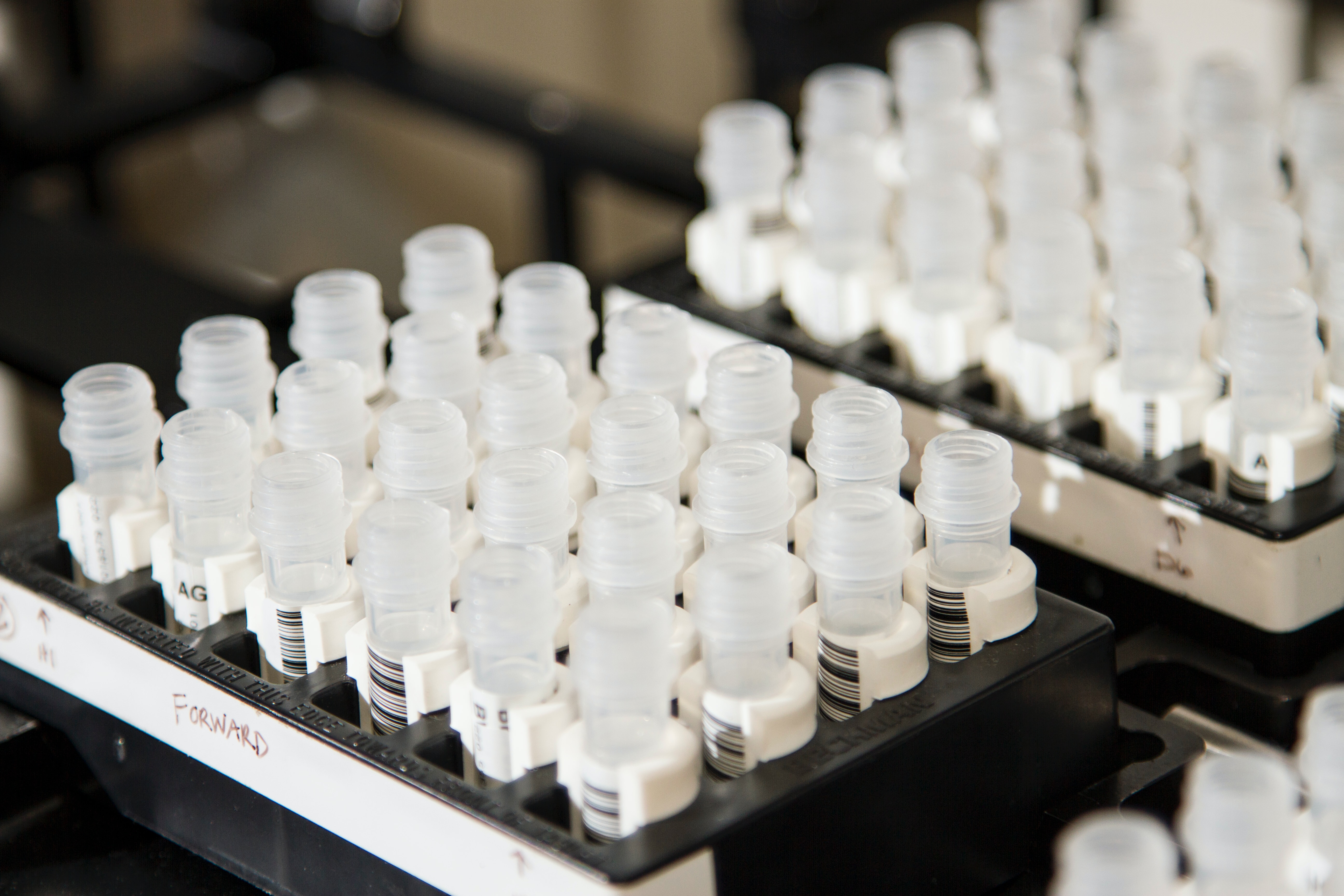How do I monitor temperature and humidity remotely?

Beyond cold storage monitoring, maintaining the correct temperature and humidity is critical in any lab room environment. Take this experimental eye research study, that illustrates the benefit of ambient monitoring in a vivarium or animal facility.
This retrospective study looked at whether the conditions of a mouse’s cage environment (in vivo) affect how easily fluid moves in their eyes after being removed and studied in a lab (ex vivo). In the end, the data concluded that humidity in the mice’s primary dwelling significantly impacts outflow in facility measured ex vivo. Without remote temperature and humidity sensors, it would have been nearly impossible to collect completely accurate data for this experiment.
To ensure the success of experiments like the one referenced above, new remote monitoring technology must be implemented. For example, a wireless temperature and humidity sensor enables laboratories to continuously record cold storage and room environments and receive notifications when something is amiss. But what does this new technology entail? And should labs cling to older monitoring solutions at all? Let’s discuss.
Out with the old, in with the new: Which device can measure the temperature and relative humidity without the hassle?
Legacy temperature and ambient monitoring technology requires tedious manual configuration and fails to provide personnel with vital real-time updates. Take analog thermometers, for example. Although modern thermometers are leagues above the mercury-filled thermometers of yesteryear, they still don’t have the remote monitoring and alerting capabilities labs need. Additionally, personnel waste hours of their time standing in the cold, manually logging readings. Not only is this system unpleasant and inefficient, it’s also unaffordable — an employee’s wasted time costs companies a pretty penny.
Currently, many labs choose to rely on data loggers as their primary remote temperature and humidity monitoring system. As a significant step up from thermometers, data loggers record any electrical signals from carbon dioxide and temperature detectors. However, this tech still doesn’t include an alerting system and offers little insight into collected data.
So, what’s to be done?
Because thermometers and data loggers fall short, it’s time to go digital. Using digital temperature sensors and a remote monitoring platform, lab personnel can access the real-time updates they need to ensure the safety of their assets. Comprehensive remote cold storage monitoring solutions, like Elemental Machines, offer easily accessible real-time data and critical threshold and contextual alerts.
1) Threshold alerts allow lab managers and other personnel to quickly identify problems and take corrective action to fix the issue. For example, these alerts will notify all involved parties if room temperature falls outside an acceptable range.
2) Contextual alerts use the data collected by the remote monitoring platform to offer additional insight into usual behavior. For example, if a typically low-activity freezer was opened 30 times in one day, an alert will notify personnel of this unusual behavior.
Ultimately, these AI assisted alerts give users the insights they need to proactively assess freezer performance, fine-tune maintenance forecasts, and optimize lab conditions. Standard thermometers wish they were this cool.
How does a remote temperature detector work?
The exact capabilities of remote temperature and humidity sensors differ from solution to solution. As an example, let’s take a look at Element T. This remote temperature sensor is completely wireless and uses IoT power to monitor the temperature of industrial freezers.
To measure temperatures in devices, Element T relies on a thermocouple. All readings are transmitted to a gateway that securely uploads all readings to the Elemental Cloud platform for users to access and review. Element T is also supremely easy to install and uses a powerful magnet to secure its place in the freezer — velcro can also be used to install Element T in non-metallic surfaces.
What about humidity detectors?
Element A can measure for humidity and much more! This sensor can monitor almost all aspects of an environment including light, temperature, and pressure. Just like Element T, which monitors devices, it transmits all collected ambient data directly to the Elemental Cloud via a gateway.
See a remote humidity and temperature monitoring system in action
Want to see the real-life benefits of digital monitoring and alerting systems? Check out our LabCentral case study and learn how residents at 112 companies across four locations use Elemental Machines to ensure their assets stay protected.
Stay cool and confident with Elemental Machines
Any laboratory professional knows the temperature, humidity, and environmental setting can change. Partnering with Elemental Machines empowers personnel to check the stability of their assets anywhere, at any time. Aside from monitoring, our platform is packed full of innovative features like:
- Predictive analytics to track freezer performance
- Electronic record-keeping to make QC and compliance easier
- Compatibility with existing assets including ELN, QMS, and LMS
- Precise climate monitoring
See what Elemental Machines can do for you and request a demo.
Never miss a beat...
Subscribe to our bi-monthly EM Connect Newsletter to stay up-to-date on all things LabOps, biotech, and more!